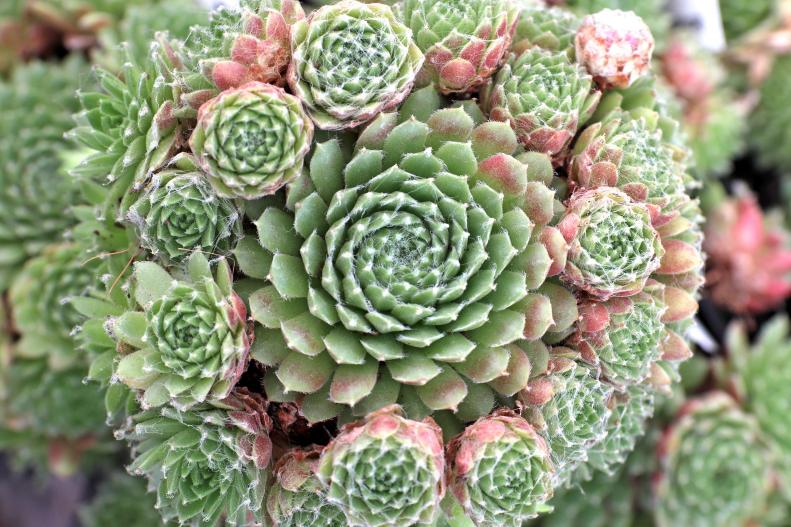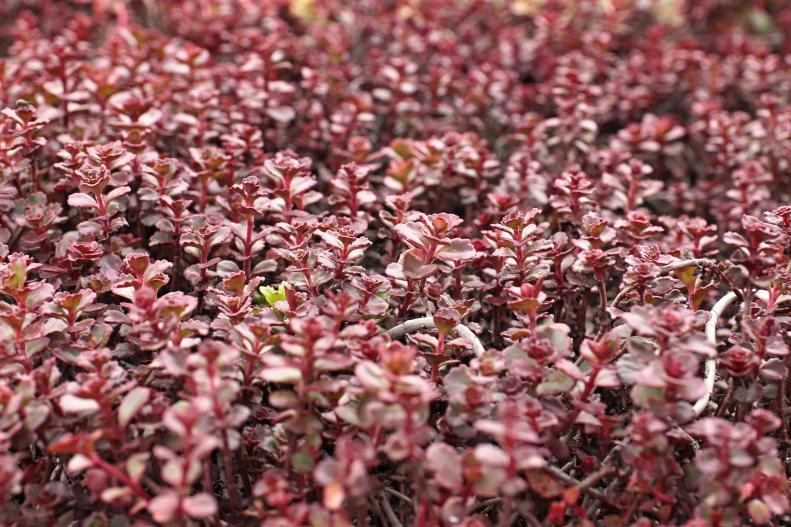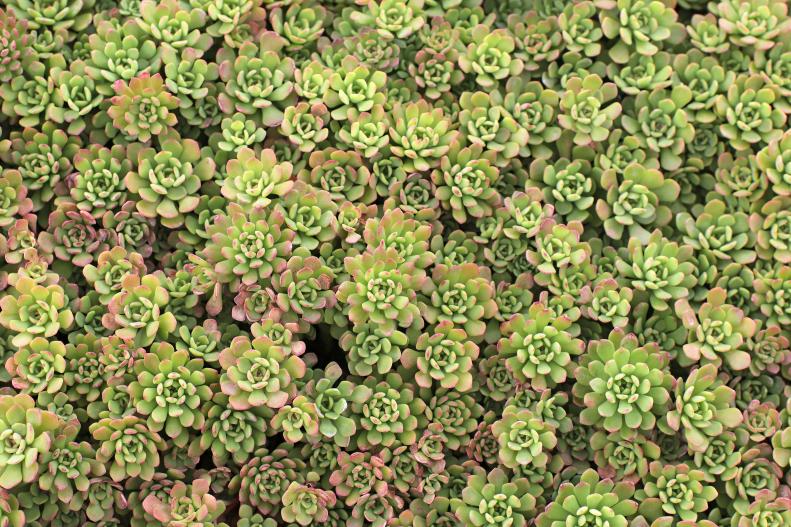1 / 15
Photo: Mountain Crest Gardens
‘Spring Beauty’ Sempervivum
Also known as a hen-and-chick plant, sempervivum is known for its gray-green rosettes that turn plum-colored when the temperatures drop. Where do sempervivums get the poultry nickname? The mother plant (the hen) spreads by making tiny, new rosettes on stalks (chicks). Use sempervivums in containers and rock gardens. These natives of the mountains of southern Europe can endure temperatures of 50 below. You’ve no excuse for killing them. Zones 2 to 9.









